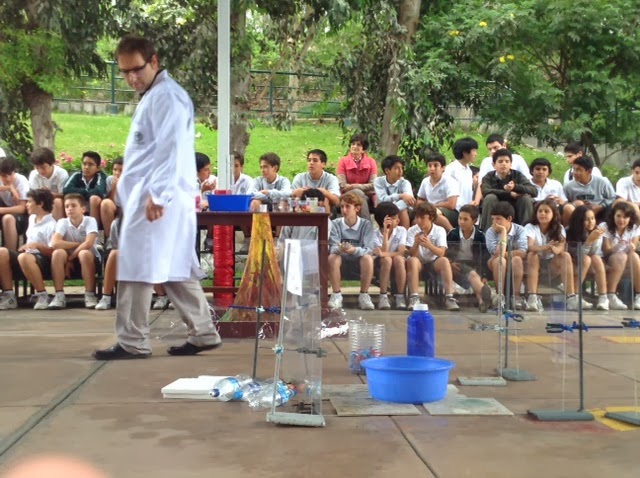FORM II MONDRAGRON, Andres, GRAGLIA, Martin, ILLINGWORTH, Santiago, RICCIO, Paula, CRIADO, Isabel, BALTODANO, Alessandra, TELLO, Johana, MADUEÑO, Camila, GHIA, Alessia
FORM I ADAMY, MARK, BUTRICH, ALEX, HU, HAOYUN, MORELLO, STEFANA, CHAN, DANIEL, KREUZE, IDA, ORTIZ, SANTIAGO, HUMPHREYS, NICOLE
SIXTH RAMOS, ISABELA, CARREÑO, NATALIE, CEBALLOS, AINHOA, PALOMINO, Edgar, SOCOLICH RODRIGUEZM, Ivanna, TAMASHIRO, Ariana, TABJA, Natalia, del CASTILLO, Camila, TUESTA, Joaquin
The project: Students worked in 9 groups of 2-3 students, each group adapting one 'part' of Macbeth into a final graphic novel. The intention is to display and sell the final graphic novels on the nights of this year's school play, which is inspired by Shakespeare's Scottish play.
This ridiculously ambitious project that realistically would a trained comic artists about a year, is something we were trying to do in 3 x 90 minute sessions. Here's how we've got on so far:
Workshop 1 - Wednesday, April 23rd, 1100 - 1220
After initiating the students in the medium of comics - essentially, that comics are an art form somewhere between films and books - the students were asked to construct a three part comic strip, based on illustrations projected on the board.
Once the theme of adaptation had been embedded - that you can adapt in any way as long as you keep the main theme - Ben took the students on a history of comics, from the Magna Carta to propaganda during the Spanish inquisition, to World War 1, to Superman no1 and finally to one of the more important comics of our times, Ben's own graphic novel, The Boy and His Shadow.
 |
| Students hard at work experimenting with a new medium of English. |
 |
| Ben teaches the 'Grammar of Comics' |
 |
| Students sharing the initial sketches. |
 |
| A brief history of comics, Part 1 |
 |
| A brief history of comics, Part 2 |
Workshop
2 - April 29th, Tuesday 0920 - 1040
In 9 groups of 3s, the students then went about constructing their characters, and dividing up their part of the Macbeth play in panels. Each group was given final paper from where they needed to convert their initial sketches of character as well as the spoken dialogue in speech bubbles.
The art, as Ben explained, came from what they chose to keep in, and what they left out. The "meaning is created by the reader, filling in the gaps".
Workshop 3 - May
16th, Friday 0920 - 1040
After the half term, students returned with their completed panels ready to learn about inking, and to add the final touches to their panels. Inking? Here are the rules:
 |
| Inking rules |
And tomorrow, at lunchtime, we'll have a look at the final results panels. Once that is completed, it's a final session in Ben's studio to computerise the final pages... and we're done. (I think)































